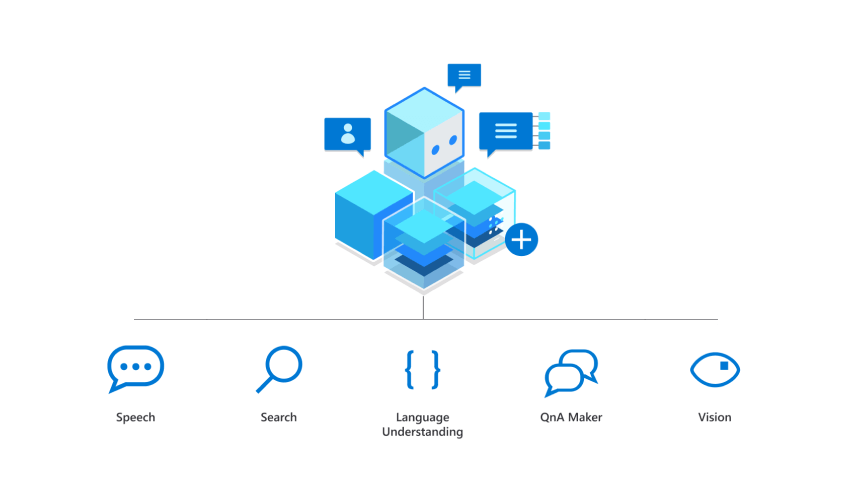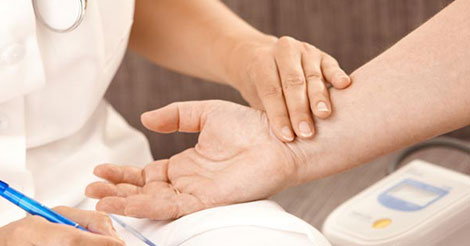
Not all orthopedic conditions need a surgical procedure. If conditions become worse over time, your doctor will recommend other options to relieve your pain before undergoing surgery. At Livingston Samwell Institute for Pain Management, the team offers their patients a wide range of non-surgical treatments to effectively treat their skeletal and muscle pain likely to hinder mobility. These non-surgical orthopedic options range from injections to therapies that relax your tense muscles, increasing your muscle and joint functions.
What are the types of non-surgical orthopedic treatment options?
While muscle, joint, and bone injuries may sometimes appear complex, your doctor may not need to perform a surgical procedure to treat the injuries. Are you looking for surgery alternatives to relieve you from your debilitating pain? If so, then the noninvasive treatments are the treatments you should discuss with your orthopedist.
The options your orthopedist is likely to recommend include:
- Physical therapy
Your healthcare provider may recommend therapy as part of a chronic orthopedic condition treatment before or after surgery. Physical therapy aims to minimize pain, advance fitness, and restore mobility. The therapy may involve exercises to enhance motion range, coordination, strength, flexibility, endurance, and balance.
- Ultrasound-guided injections
Your physician may use these injections to offer relief, especially when you have conditions like knee arthritis. The guided injections allow your doctor to administer inflammation-relieving steroid medication into the affected joint with optimal accuracy.
- Steroid injections
The treatment involves injecting corticosteroids and anesthesia into your affected joint to minimize pain and enhance motion. Usually, a single steroid injection in your bursa by your orthopedist will give you permanent or temporary relief from chronic pain. Your doctor may also use the injections to determine if your condition needs advanced treatment.
- Fluid drainage
Also referred to as needle aspiration, fluid drainage entails draining fluid from your knee using a needle. Your doctor may likely recommend the ultrasound-guided treatment when you have conditions like Baker’s cyst.
- Joint manipulation
Before joint manipulation, your doctor may administer local anesthesia to make you unconscious. After putting you to sleep, the professional may then move your joint in various directions to relax your tight muscles.
- Bracing, casting, and booting
Sometimes your doctor may need to immobilize your injuries before suggesting the most appropriate treatment. Injuries your orthopedist may immobilize include ankle sprains and Achilles tendinitis.
The healthcare professional may also pursue advanced minimally invasive techniques to increase joint mobility and minimize joint discomfort. The treatments may include:
- Platelet-rich plasma injections– entail using your plasma to heal particular injuries.
- Percutaneous tenotomy- your doctor may use this ultrasound-guided treatment to identify your affected tendon. After finding the pain-causing tissue, the professional may remove it using a tiny needle.
- Sodium hyaluronate injections- mostly recommend relieving pain resulting from arthritis, especially of the knee. Your doctor is likely to use the treatment to stimulate the fluid surrounding your joints.
Whether your doctor suggests topical or oral medications, injections, or rehabilitation services, non-surgical orthopedic treatment options aim to restore your joint and muscle functions while increasing your motion range before going for a surgical procedure. Contact the pain experts today to learn more about non-surgical options to minimize chronic pain.






